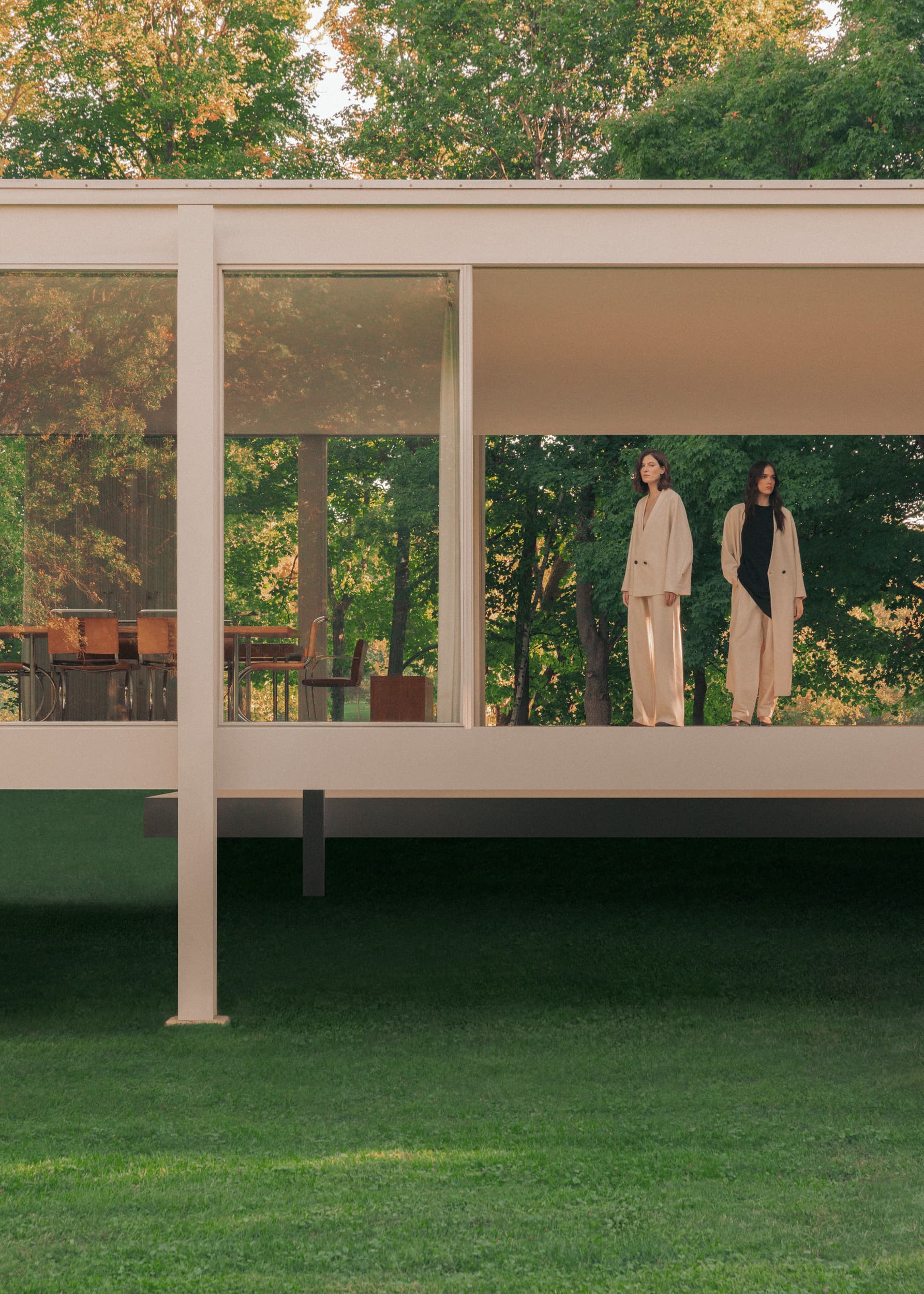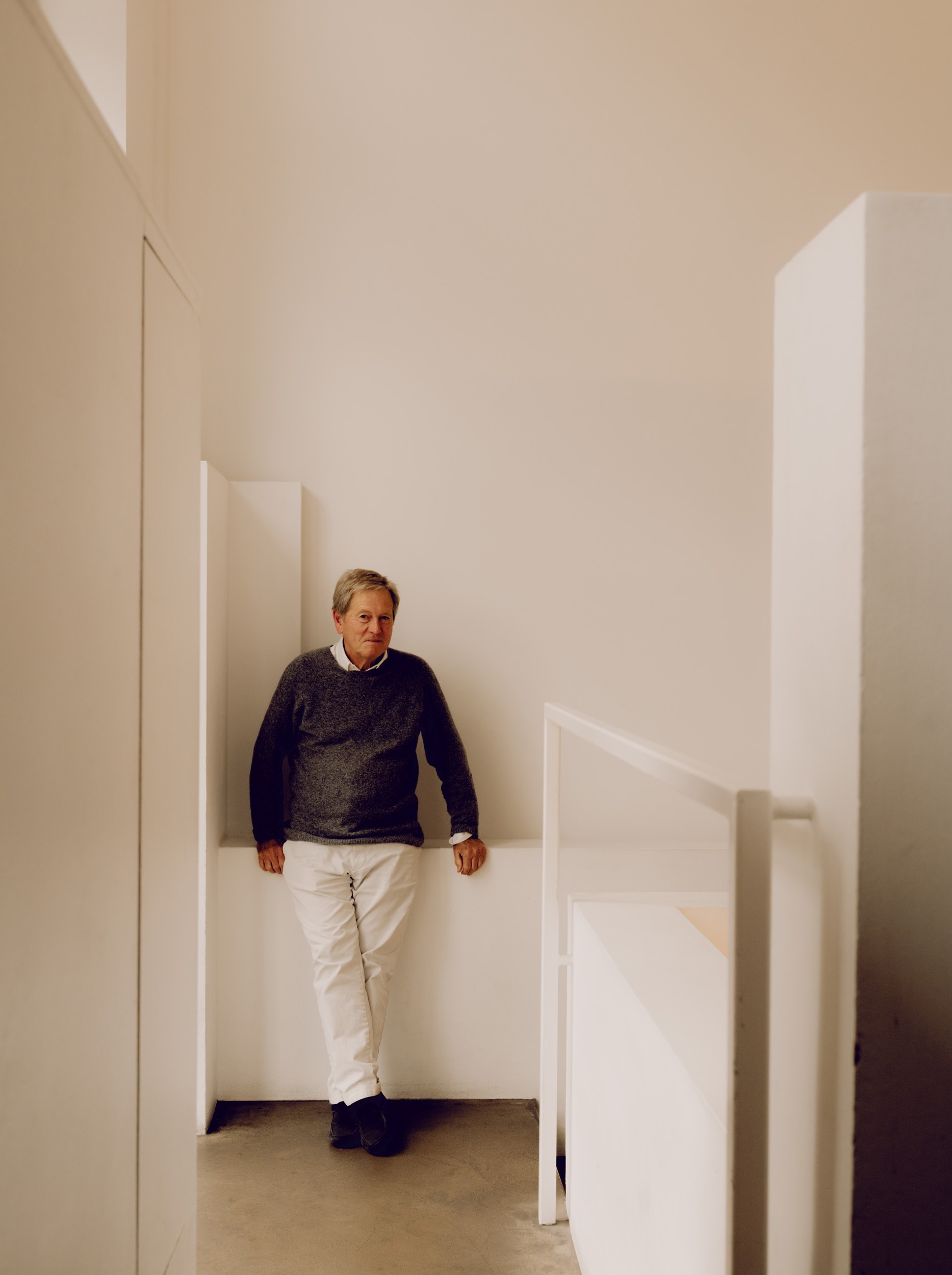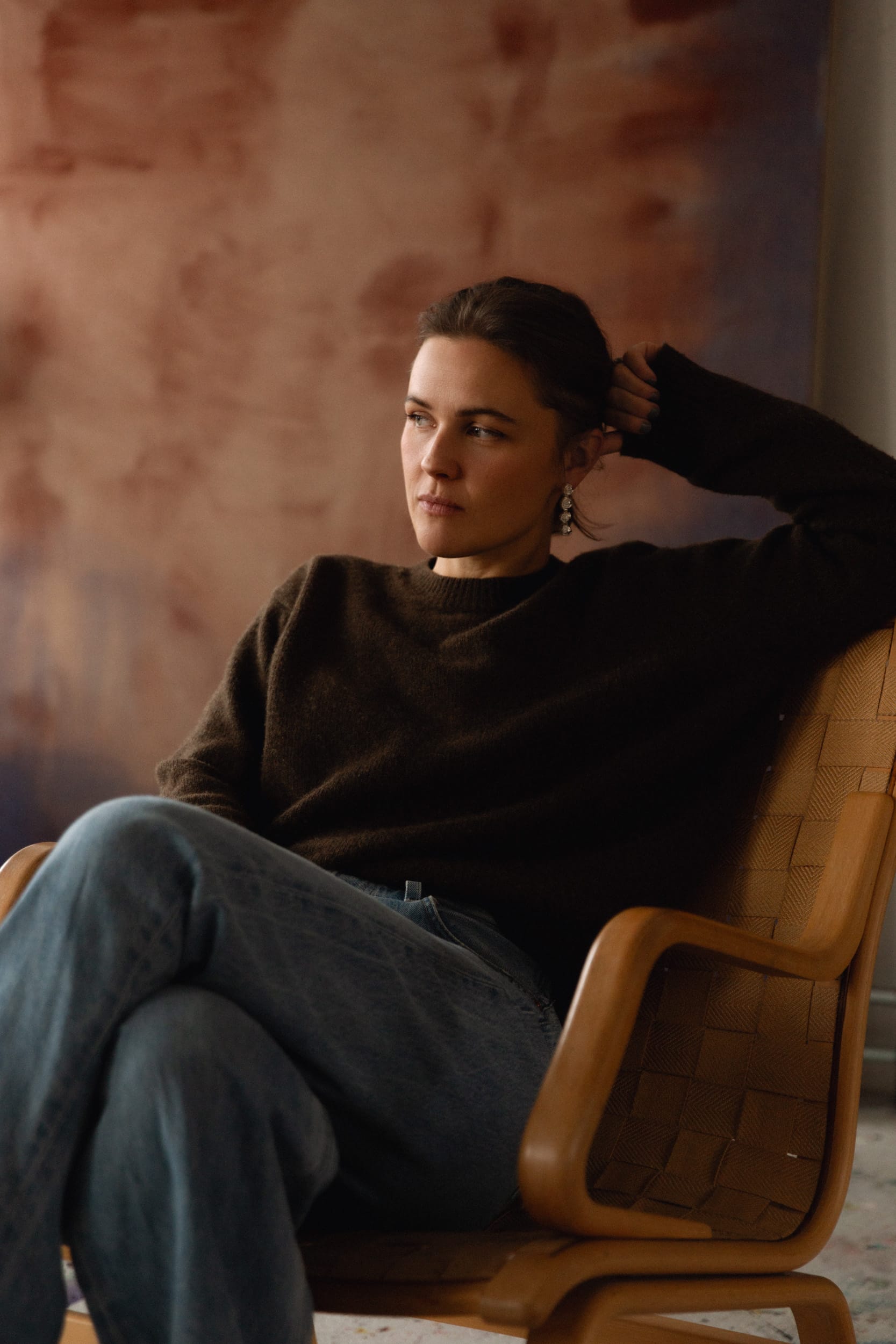On Gender: Frida BardDesigner Frida Bard on the role of gender fluidity in fashion.
On Gender: Frida BardDesigner Frida Bard on the role of gender fluidity in fashion.
"We have to elevate our appreciation of individuality and embrace those who challenge the norm."
To what extent would you say the fashion industry perpetuates conventional gender roles?
Brands are more often bound by conservative notions of gender, which are enforced by the retail industry. There aren’t many shops out there breaking down the borders. Male and female collections are presented in respective areas—sometimes on separate floors. Shops have different buyers for menswear and womenswear; brands follow suit.
How is this changing?
The way that fashion brands communicate is often rooted in traditional ideas of gender, and that takes up a comparatively large share of what we see in the media, online and on the streets. The counterbalance, however, is social media. Here, people can be their own fashion editor. Social platforms are agiler and thus better at adapt...



